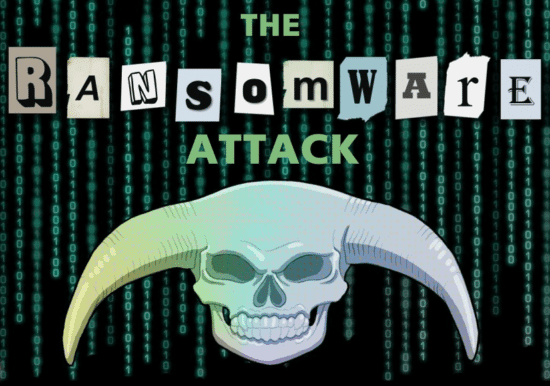More than a third of experts perceive ransomware guidance from government and official bodies to be insufficient
Despite theDirector of the FBI, the US Attorney General and the White House warning firms against paying cyber-related ransoms, 60percent of organisations have admitted they would shell out funds in the event of an attack, according to new research from the Neustar International Security Council (NISC). When asked how much money they would consider handing over, one in five respondents said they would consider paying 20 percent or more of their company’s annual revenue.
The study, which was commissioned by Neustar and run by Harris Interactive, comes just days after US meat-processing giant, JBS confirmed it had paid $11 million to the REvil ransomware gang, which locked its systems at the end of May. Earlier this month, Japanese multinational conglomerate, Fujifilm said it had refused to pay a ransom demand to the cyber gang that attacked its network in Japan, instead relying on backups to restore operations.
As a result of these recent high-profile attacks, 80 percent of cyber security professionals reported placing more emphasis on protecting against ransomware threats. When questioned about the technologies available to help them do so, the majority (74%) of respondents found current solutions to be either ‘very’ or ‘somewhat’ sufficient in detecting, preventing, and mitigating attacks. A quarter (26%), however, perceived the technologies available to be ‘somewhat’ or ‘very’ insufficient.
Rodney Joffe, NISC Chairman, SVP and Fellow at Neustar commented: “Companies must unite in not paying ransoms. Attackers will continue to increase their demands for ever larger ransom amounts especially if they see that companies are willing to pay. This spiral upwards must be stopped. The better alternative is to invest proactively in mitigation strategies before the attacks, including the use of qualified providers of “always-on” monitoring and filtering of traffic as part of a layered security approach.”
On high alert
During March and April, 69% of respondents perceived ransomware as an increasing threat to their organisation, marking their top concern across more than a dozen threat vectors and representing a 16% spike in the average survey response over a two-year period.
This escalated concern followed a warning from the National Cyber Security Centre (NCSC) in March in response to the number of ransomware attacks being carried out on the UK education sector. Since the beginning of the year, multiple schools, colleges and universities have become victims.
One attack against Redborne Upper School and Community College in Bedfordshire even saw pupil’s coursework destroyed, as servers were left unreadable resulting in the loss of a significant amount of data. The school said the attack was likely to cause long-term disruption.
“With less than three in ten (28%) cybersecurity professionals feeling very confident that all members of their organisation know the appropriate measures to take in the event of a ransomware attack, it’s no surprise that the level of concern is rising,” Joffe continued. “Given that more than a third (35%) also perceive guidance from government/official bodies to be insufficient it’s essential that organisations take matters into their own hands and educate all their employees on best practice cybersecurity processes.”

